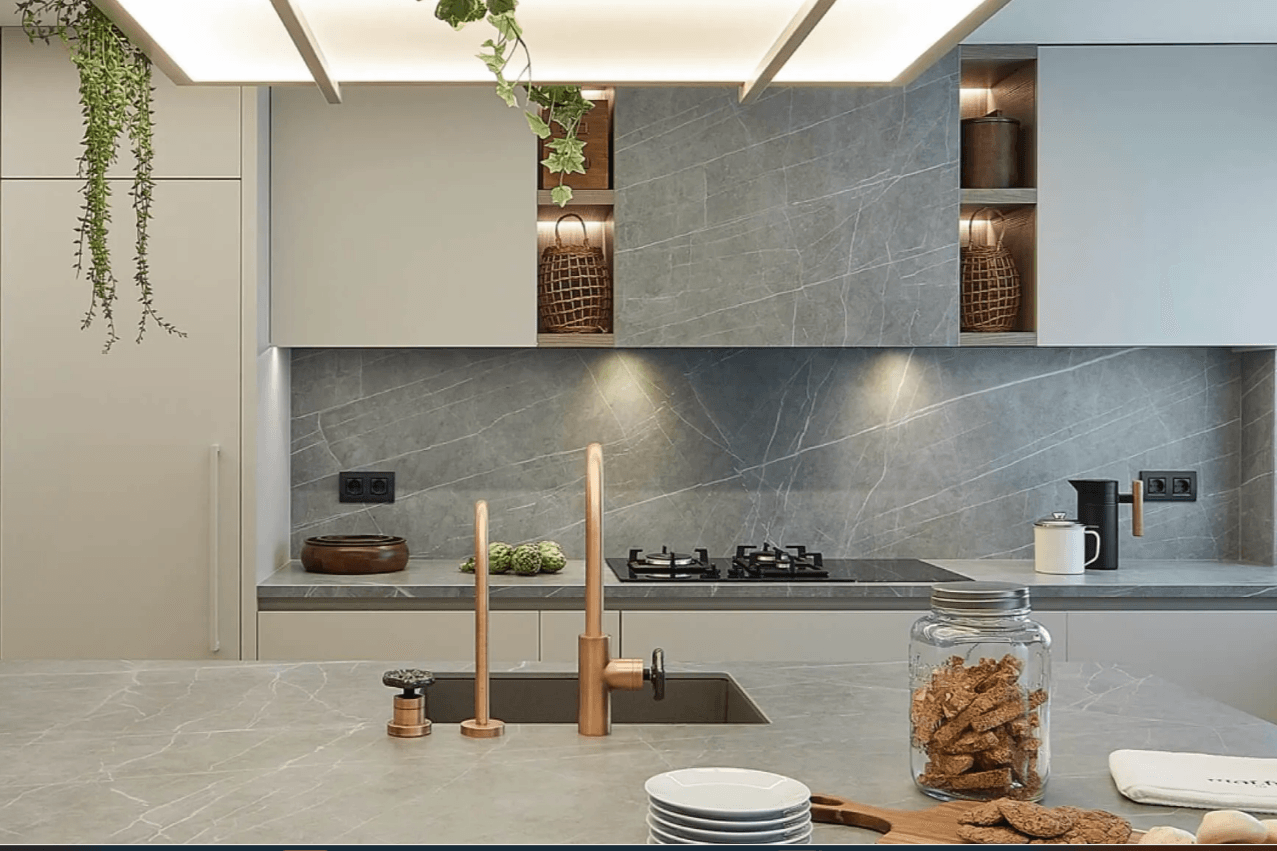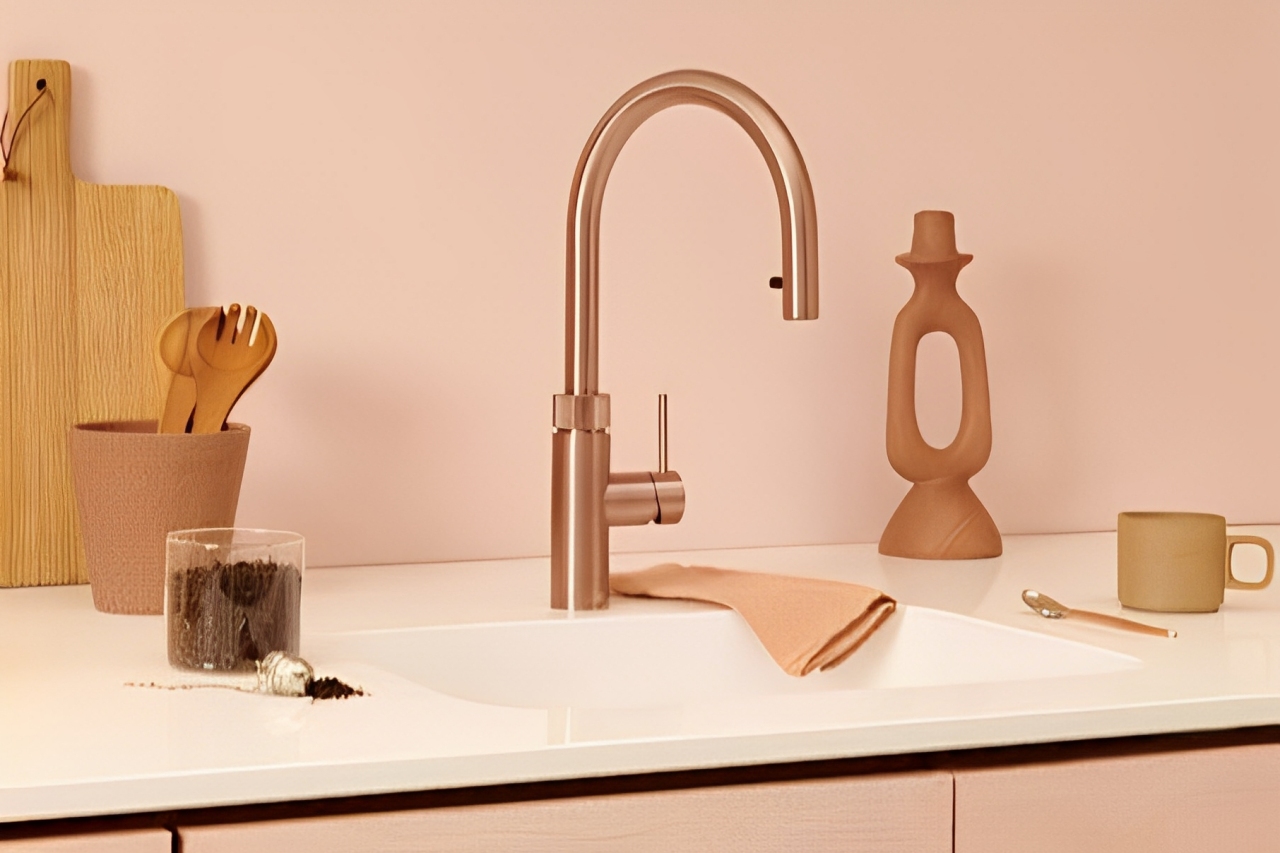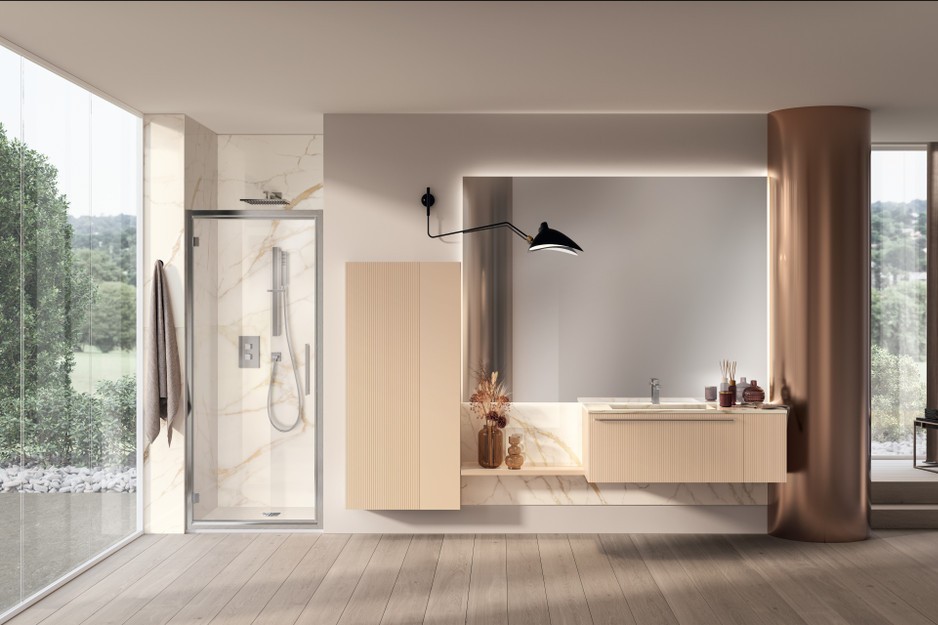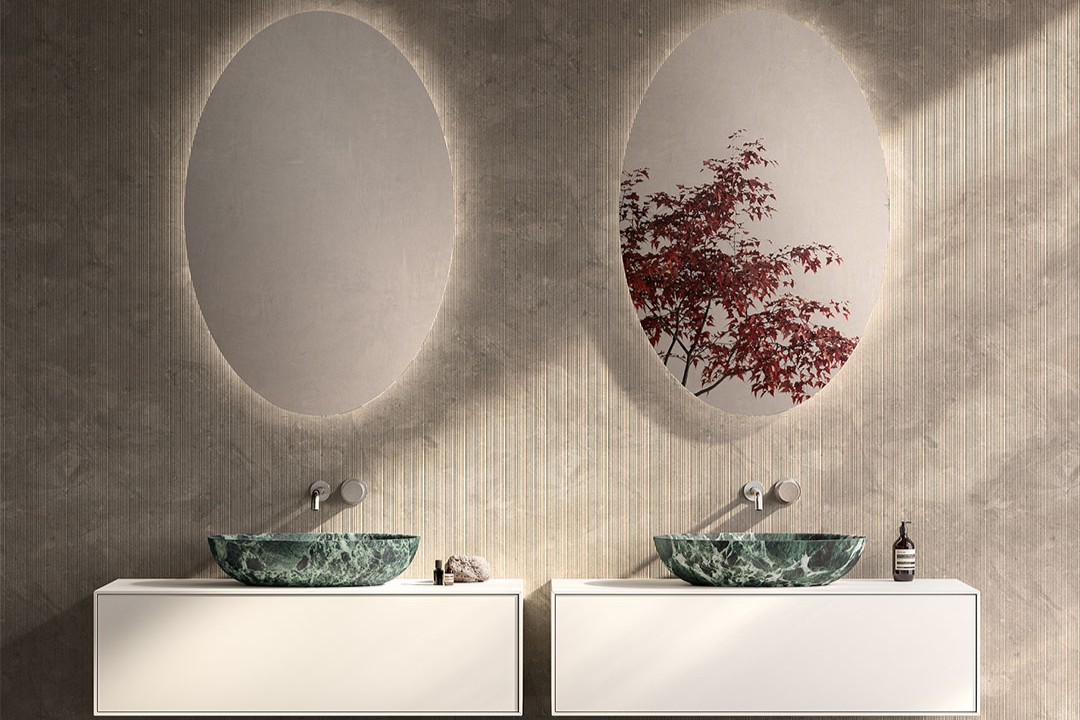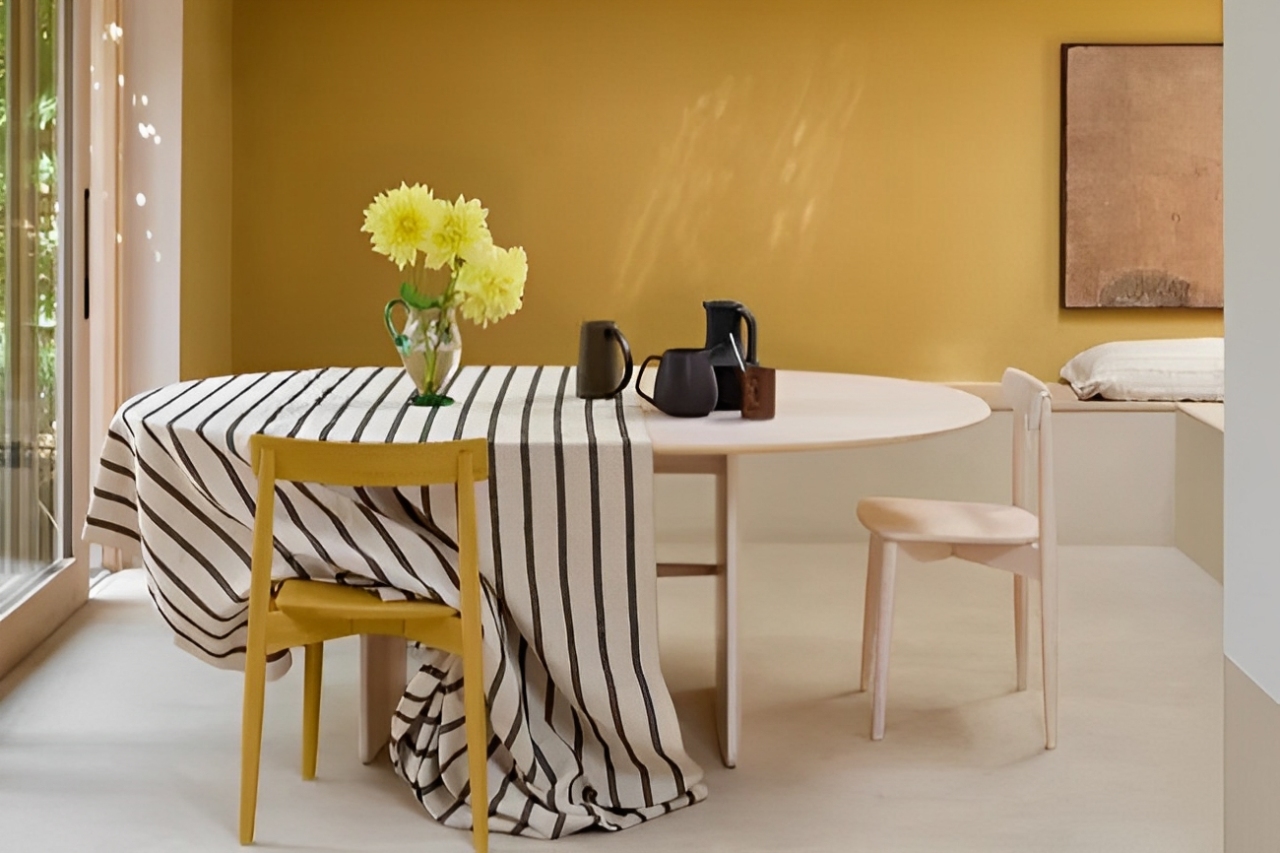In the ever-evolving landscape of luxury interior design, sustainability is no longer a passing trend, but a way of life. Today’s discerning homeowners in London are not just looking for kitchens and bathrooms that exude style; they are searching for spaces that reflect their values and commitment to the environment. At Amberth, we understand that the pursuit of timeless design must align with responsible choices. Here’s a look at the key sustainable trends shaping the future of kitchens and bathrooms in London’s most luxurious homes.
Sustainable Materials: Elegance with Integrity
The materials used in your kitchen and bathroom are no longer just a matter of aesthetics. They speak to a home’s ethos.
In 2025, expect sustainable materials to dominate the kitchen and bathroom scene. Reclaimed and FSC-certified wood, recycled glass countertops, and ethically sourced stones are all making their way into high-end kitchens and bathrooms.
These materials not only have minimal environmental impact but also provide high-end finishes that last a lifetime – reflecting a careful balance between luxury and responsibility.
Luxury Brands Leading the Charge:
- Caesarstone’s Concetto collection uses recycled materials to create stunning countertops while promoting sustainability.
- Neolith offers sintered stone surfaces made from natural minerals that are highly sustainable and durable.
- Laufen and Bamcore are known for their eco-friendly bathroom materials, bringing beauty and sustainability together.
Modern Design Means Energy-Efficiency
As high-end homes evolve, so does their approach to energy efficiency. Kitchens and bathrooms are increasingly being outfitted with the latest smart appliances, from intelligent dishwashers to touchless taps and showerheads with temperature control.
It’s not about sacrificing convenience but enhancing it with intelligence – ensuring that every element of your home works as efficiently as it looks. With regulatory changes on their way such as the Future Homes Standard (FHS), we can’t help but wonder how long it will be until homeowners are required to make use of these energy efficient solutions.
Luxury Brands Leading the Charge:
- Siemens StudioLine combines eco-friendly technology with modern aesthetics in high-end appliances.
- Miele offers energy-efficient dishwashers and washing machines that deliver top-tier performance while reducing consumption.
- Quooker offers a sustainable and convenient solution to hot, cold, and filtered water.
Biophilic Design: Bringing Nature Inside
Biophilic design – the art of connecting interior spaces to nature – is becoming a hallmark of high-end kitchens and bathrooms in London. Large, open windows, living green walls, and the use of natural materials like stone and timber not only enhance the beauty of a space but also promote well-being. By incorporating elements that foster a connection to nature, we create environments that nurture both the body and the soul.
Whether through the soft grain of wood underfoot or the verdant touch of plants, biophilic design in kitchens and bathrooms brings the outdoors in, creating a seamless blend of luxury and nature.
Luxury Brands Leading the Charge:
- Scavolini embraces biophilic design with their Eco Design kitchen collection, using reclaimed materials and wood.
- C.P. Hart offers high-end bathroom designs with integrated green walls and plantings.
- Boden brings nature indoors with beautifully crafted botanical storage and planters.
Circular Design: Reusing, Reimagining, Recycling
Circular design, which focuses on reusing and recycling materials rather than disposing of them, is becoming a key trend in London’s interior design.
When it comes to furnishings and storage solutions, upcycling and reclaimed pieces are the future. Ralph Lauren Home and Vincenzo de Cotiis are incorporating reclaimed materials into their luxury furniture designs, creating bespoke, sustainable pieces for the home. Restoration Hardware, known for its upscale designs, offers a range of reclaimed wood furniture that is both timeless and eco-conscious.
Luxury Brands Leading the Charge:
- Smeg combines innovative design with sustainable materials, allowing for upcycling and reuse of older pieces.
- Boffi takes a modular approach to design, allowing for the repurposing and upgrading of elements for sustainable living.
- Laufen leads with their use of recycled ceramics and upcycled fittings in luxury bathroom design.
Sustainable Paints and Finishes
In both kitchens and bathrooms, expect to see more use of natural and low-VOC (volatile organic compounds) paints, finishes, and coatings. These non-toxic products not only contribute to healthier indoor air quality but also align with eco-friendly building practices.
Luxury Brands Leading the Charge:
- Little Greene provides a range of eco-friendly, low-VOC paints suitable for kitchens and bathrooms, contributing to a healthier home.
- Farrow & Ball is another luxury brand offering non-toxic paints and finishes, ideal for sustainable interior design.
The Future Of Luxury Design Is Sustainable
As the demand for sustainable kitchens and bathrooms grows, Amberth remains at the forefront of this design movement, blending eco-consciousness with unparalleled luxury. By embracing the materials, technologies, and design principles of tomorrow, we ensure that every space we create reflects the future of high-end living: luxurious, thoughtful, and environmentally responsible. The trend towards sustainable design is more than just a passing moment—it is a revolution, and we are proud to lead the charge in creating beautiful spaces that respect both people and the planet.
FAQ’s
What are good questions on sustainable development?
Good questions on sustainable development include: How can we reduce waste in construction? What materials can we use to minimise our carbon footprint? How can we implement renewable energy solutions in our homes? What is the lifecycle of the materials we’re using, and how can we ensure their longevity?
What are the sustainable choices for interior design?
Sustainable choices in interior design include using reclaimed or FSC-certified wood, opting for low-VOC paints and finishes, incorporating energy-efficient appliances, and selecting eco-friendly materials like bamboo, cork, and recycled glass. Incorporating natural light and choosing long-lasting, high-quality furniture also reduces environmental impact.
How to be sustainable as an interior designer?
As an interior designer, you can be sustainable by prioritising eco-friendly materials, advocating for energy-efficient solutions, and incorporating sustainable practices in every project. Reuse and upcycle materials, support local artisans, and ensure that the designs are not only beautiful but also resource-efficient and long-lasting.
What are the 4 common features of sustainable design?
The four common features of sustainable design are: using renewable or recycled materials, designing for energy efficiency, ensuring long-term durability and low maintenance, and creating spaces that improve occupant health and well-being. These principles contribute to reducing environmental impact while maintaining aesthetic and functional integrity.
